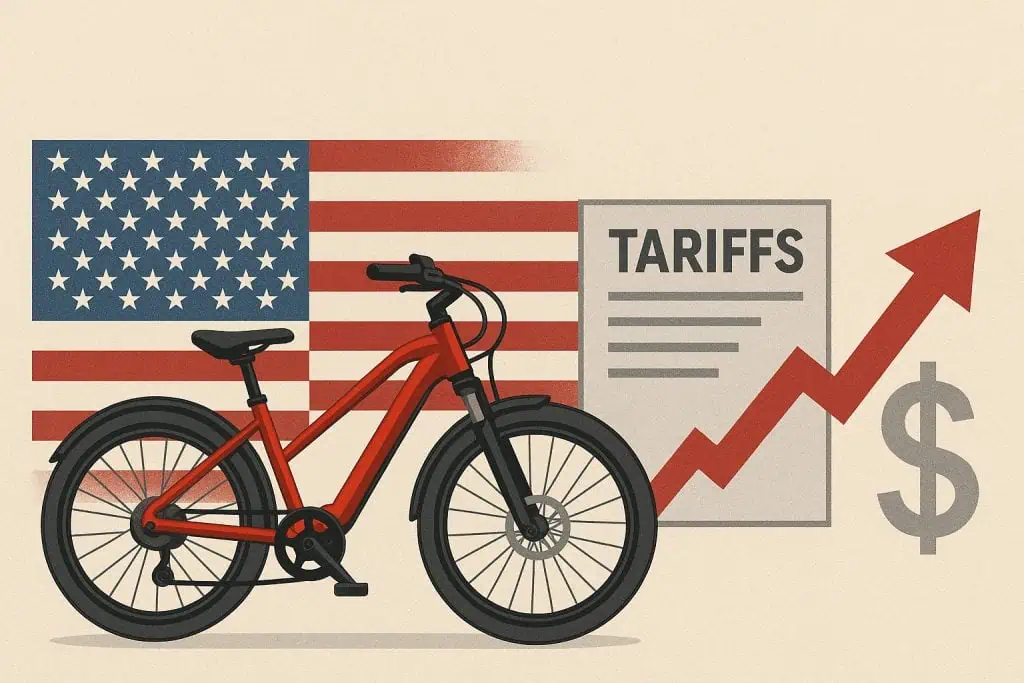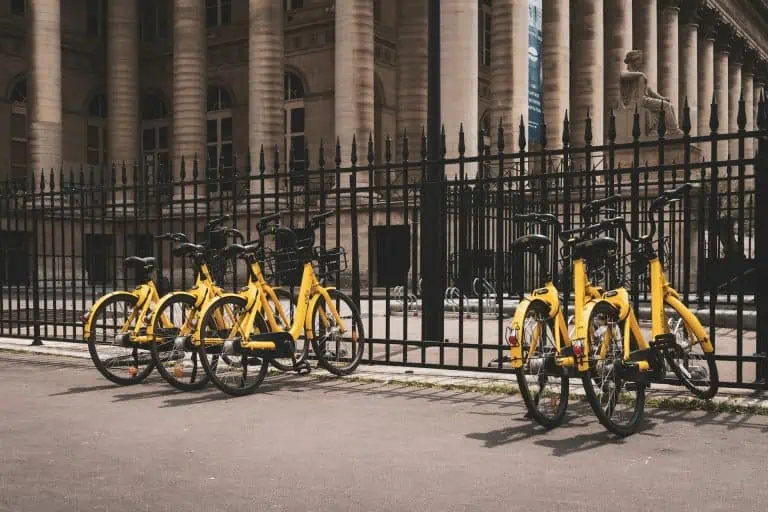Are E-Bikes About to Get More Expensive After the New Trump Tariffs?

What New Tariffs Could Mean for Riders in the US
Electric bikes have exploded in popularity over the past few years—offering a fun, eco-friendly, and efficient way to get around. But for riders thinking of buying one soon, there’s a new twist in the road: tariffs.
With Donald Trump proposing a wave of new tariffs on Chinese goods, the e-bike industry could be directly in the crosshairs. Since many e-bikes—or at least their key components—are made in China, prices may soon climb. So, are we looking at the end of affordable e-bikes? Let’s break down what these new tariffs could mean for riders, manufacturers, and your wallet.
What Are the New Trump Tariffs?
In early 2025, former President Donald Trump reignited trade tensions by implementing a series of steep tariffs targeting Chinese imports. These measures have significant implications for various industries, including the electric bike (e-bike) sector.(1)
The tariff escalation began with a 10% levy on Chinese goods in February, followed by an increase to 20% in March. In April, the administration introduced an additional 34% tariff, culminating in a total tariff rate of 54% on Chinese imports after April 9, 2025.
Specifically for e-bikes, the cumulative effect of these tariffs has been substantial. The total tariff on electric bicycles imported from China rose to 70%, considering the base tariff, Section 301 tariffs, and additional levies.
These tariffs are part of a broader strategy by the Trump administration to address trade imbalances and protect domestic industries. However, they have also led to increased costs for importers and consumers, particularly in sectors heavily reliant on Chinese manufacturing, such as the e-bike industry. (2)
Which Parts of the E-Bike Supply Chain Are at Risk?
The e-bike industry is intricately linked to a global supply chain, with China playing a pivotal role in manufacturing key components. Recent tariffs and trade tensions have exposed vulnerabilities in this supply chain, potentially affecting both manufacturers and consumers.
Batteries: The Powerhouse Under Pressure
Lithium-ion batteries are the heart of e-bikes, often constituting up to 50% of the total cost. China dominates the production of these batteries, supplying a significant portion of the global demand. Tariffs on Chinese imports, which have reached up to 125%, directly impact the cost and availability of these essential components .
Motors and Controllers: Driving Costs Up
E-bike motors and their electronic controllers are predominantly manufactured in China. The recent tariffs have increased the cost of these components, with some estimates indicating a price hike of $300 to $500 per unit. This surge affects not only the final product price but also the feasibility for smaller manufacturers to maintain competitive pricing.
Frames and Other Components: A Global Puzzle
While some e-bike frames are produced in countries like Taiwan and Vietnam, many still rely on Chinese manufacturing. Tariffs have led to increased costs and delays in the supply of frames, brakes, gears, and other essential parts. Manufacturers attempting to shift production to other countries face challenges such as higher labor costs and less established supply chains.
Assembly and Logistics: Compounded Challenges
Even when components are sourced globally, assembly often occurs in China due to cost efficiencies. Tariffs have disrupted this model, leading to increased shipping costs and logistical complexities. Companies are now exploring alternative assembly locations, but transitioning operations is neither quick nor cost-effective.(3)
Potential Price Impact for Consumers
Industry insiders project that average e-bike prices in North America could rise by 8–15% by the third quarter of 2025, depending on the duration of the tariffs. This surge in prices is not limited to new bikes; the secondhand market is also experiencing upward pressure, as consumers seek more affordable alternatives.
For instance, popular models like the Lectric XP Lite 2.0 have seen price hikes from $799 to $999, a 25% increase. Similarly, the Aventon Level 3 Commuter has risen from $1,799 to $2,249, and the Rad Power Bikes RadRover 6 Plus from $1,999 to $2,499, both reflecting a $500 increase. These adjustments are directly attributed to the increased tariffs on Chinese imports.
Retailers like Walmart have announced that prices across their stores will begin increasing due to these tariffs, particularly affecting electronics and other imported goods. This trend indicates a broader impact on consumer goods beyond the e-bike industry.
What Riders Can Do Now
With e-bike prices rising due to new tariffs, riders can take proactive steps to mitigate costs and make informed purchasing decisions.
1. Consider Buying Now
Given the recent tariffs on Chinese-made e-bikes, which have risen to 79%, prices are expected to increase further in the coming months. Purchasing an e-bike sooner rather than later could help you avoid additional price hikes. As noted by industry experts, “Consumers are advised to purchase e-bikes sooner rather than later to avoid further price increases.”
2. Explore Federal and State Incentives
The federal E-BIKE Act proposes a 30% refundable tax credit, up to $1,500, for new electric bikes priced under $8,000. Eligible individuals can claim this credit once every three years. Additionally, some states offer their own incentives. For example, Minnesota’s e-Bike Rebate Program covers 50-75% of the eligible cost, up to a maximum of $1,500.
3. Consider Refurbished or Used E-Bikes
Refurbished e-bikes can offer significant savings and often come with warranties. For instance, the Hurley J-Bay 350W 7-Speed Electric Bike is currently available at a discounted price of $629.99, down from its regular price of $899.
When buying used, it’s essential to inspect the bike thoroughly. Check for frame damage, battery health, and ensure the bike hasn’t been tampered with. As highlighted in a guide by Tern Bicycles, “If you want to get a high-quality e-bike while sticking to a budget, buying a used one may work for you.”
4. Maintain Your Current E-Bike
Proper maintenance can extend the life of your e-bike, delaying the need for a new purchase. Regularly check tire pressure, clean the drivetrain, and ensure the battery is stored correctly. A well-maintained e-bike can serve you well for years, even as new models become more expensive.






